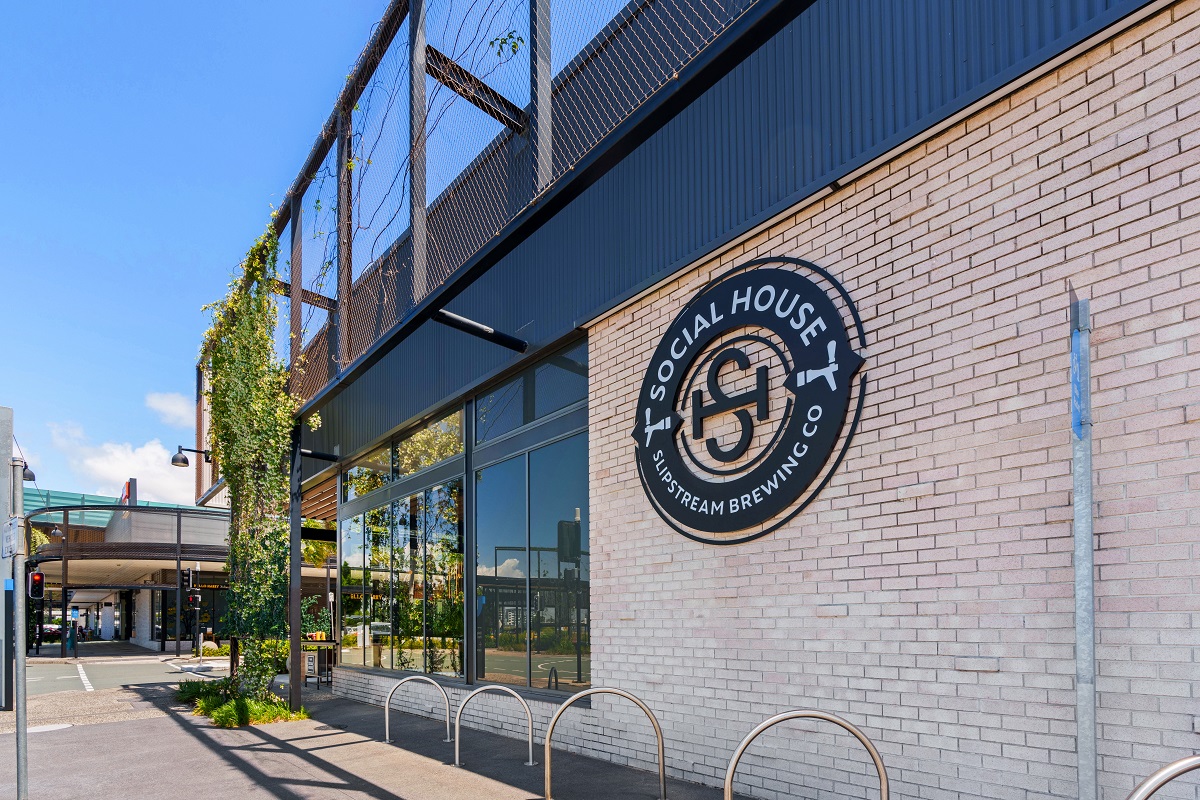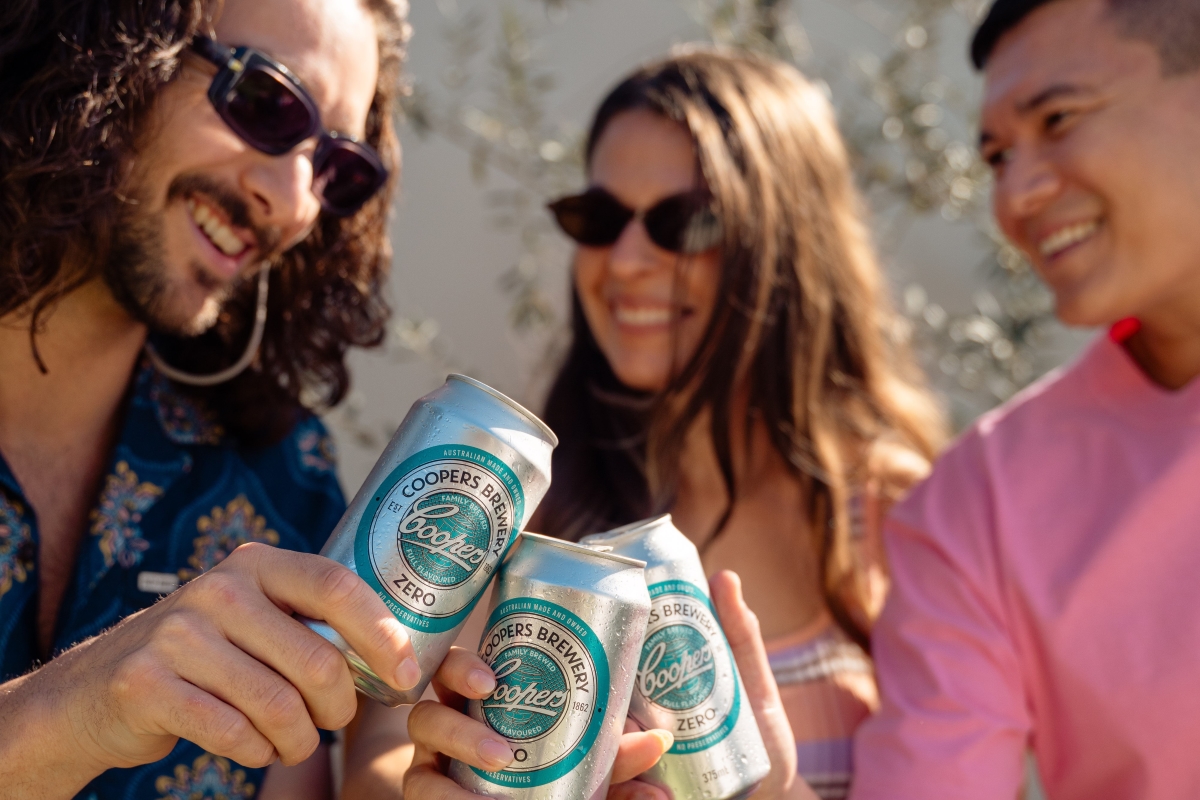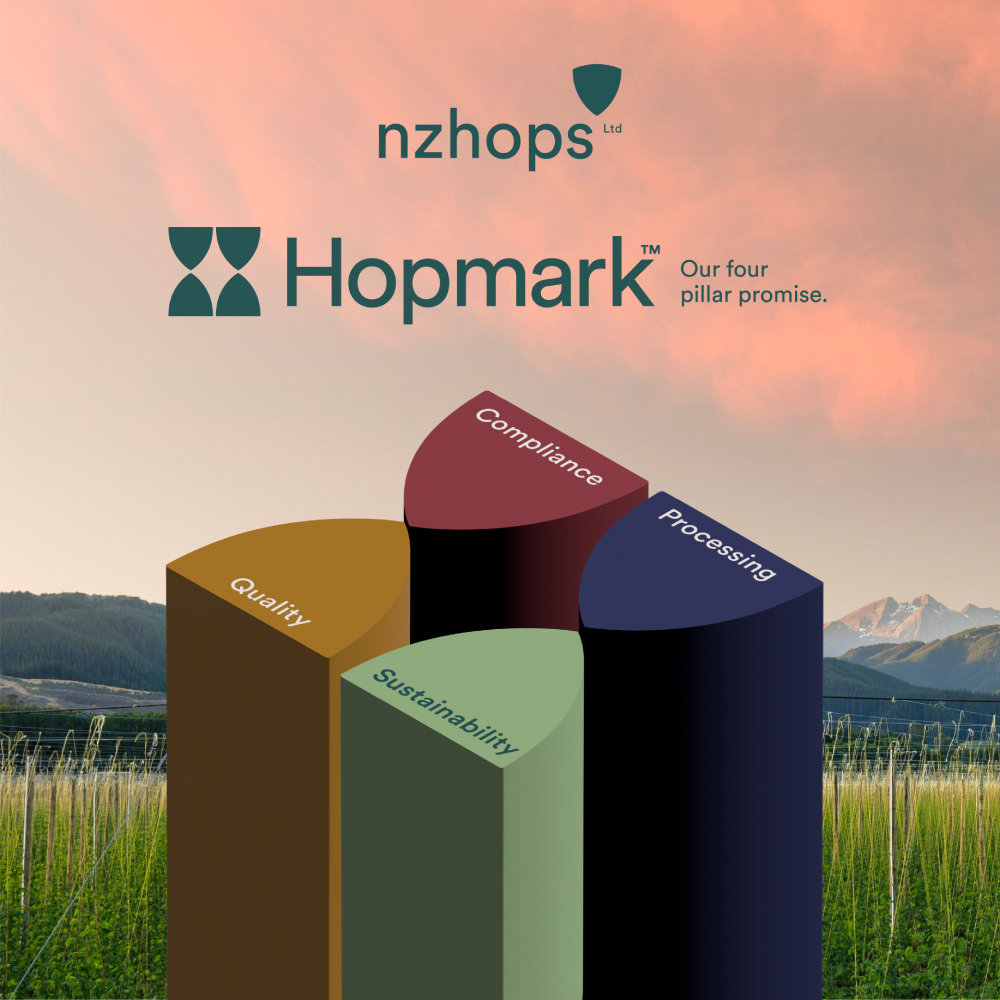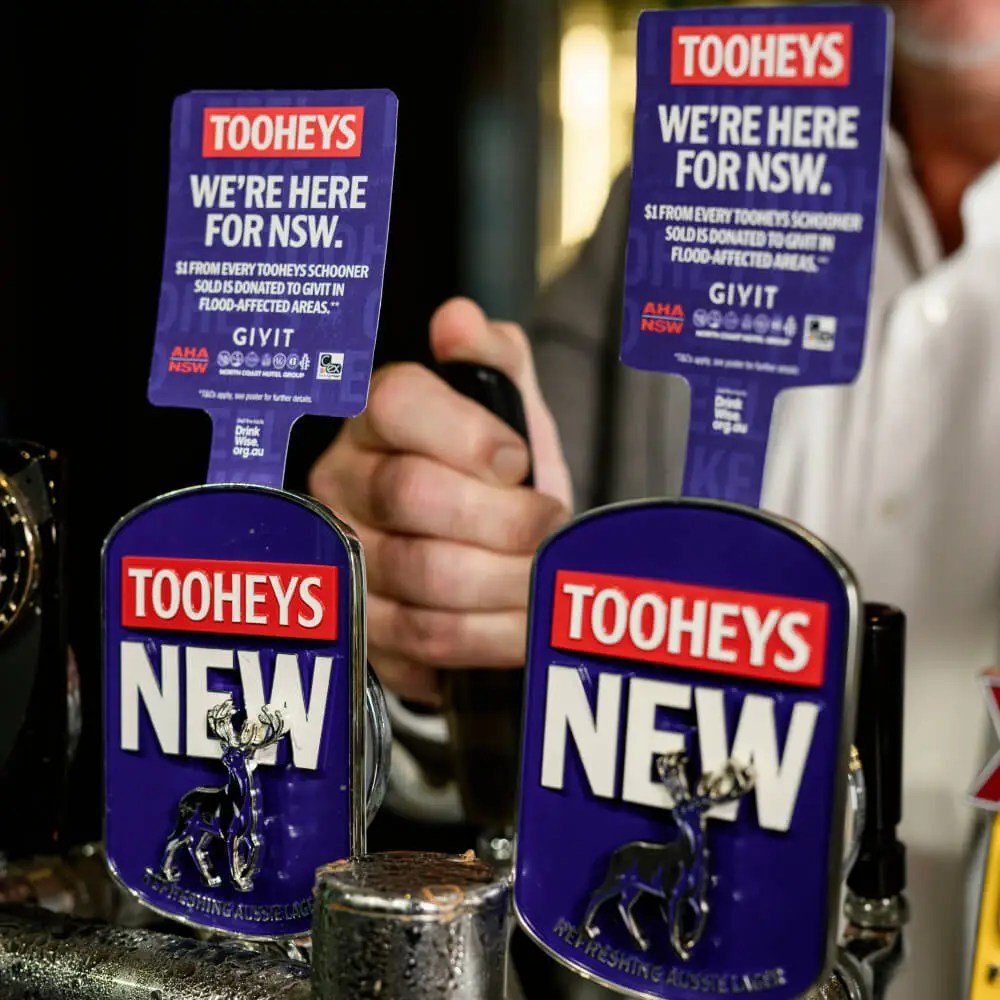While many brewers have turned to high gravity brewing for their seltzers and RTD products, upcoming regulatory changes implemented by the ATO are pushing brewers to explore different bases for these products, including wine products.
High gravity brewing is a technique that allows brewers to increase production efficiency by brewing at a higher concentration of sugars, before diluting the final product to the desired alcohol content. With many breweries utilising high gravity brewing when diversifying into RTD products, amid a difficult economic climate for the industry, taxation and regulation may all but neutralise the benefit of this revenue stream.
As the brewing landscape evolves, many brewers are looking towards the potential of wine product to fill this gap. These products have benefited from significant tax advantages under Australia’s Wine Equalisation Tax (WET) system.
What is a wine product?
To be classed as a wine product and eligible for WET exemption, a product must be derived from fermented grapes, contain at least 70 per cent wine, have an ABV of at least eight per cent and no more than 22 per cent, and only use grape spirit for fortification.
Wine product benefits from a more favourable tax regime compared to spirits, while still supporting Australian producers and jobs in the domestic market.
Initially, the category focused on wine-based cream liqueurs and other products suited to camouflaging the residual wine taste. Over time, it has grown into a much more diverse segment, producing high-quality alternatives to spirit-based cocktails and RTDs. Innovations in clarification and flavouring technology have turned wine products into serious competitors in the beverage industry.
Kevin Parker, CEO of Divas Beverages, which produces clarified wine products, has seen the sector’s evolution firsthand.
“In the early days, the business revolved around finding and fixing stranded or unsaleable wine packages, and the quality was rather hit and miss. These days, we don’t buy any finished wine at all for our operations. We have our own growers and control every part of the process to ensure we get the quality we need. We’ve had twelve years to perfect our clarification processes, and while we’re still technically a winery, our operation is completely specialised,” he said.
High-end clarification technology allows wine-based products to incorporate delicate flavours, in addition to the usual range of fruit, herbal, floral, and spiced notes. However, to remain eligible for WET, these products are prohibited from imitating established spirit types, such as gin, whiskey, or rum.
Fruit wines can also enjoy the same WET advantages as wine and wine products. However, while Food Standards Australia New Zealand lists specifications for Fruit Wine Product, there is mention of Fruit Wine Product under the WET Act. Therefore, any dilution or flavouring post fermentation renders them excisable as well.
How is wine clarified?
Clarification, in the context of wine products, involves systematically removing suspended particles from the liquid to achieve a clear and visually appealing final product. Established wine product manufacturers rely on high-tech, targeted clarification processes operating in several stages and requiring significant capital investment. These methods are far more intensive than the traditional brewing and winemaking techniques, such as fining, filtration, and settling.
Parker emphasised the importance of technology in their operations.
“Frankly, it’s all about high-tech and has very little to do with the goals of traditional winemaking,” he said.
The modern techniques employed by producers like Divas Beverages allow for greater consistency and clarity in the final product. This ensures that the products are both visually appealing and suitable for further manufacturing options by third parties.
How does WET tax work?
For businesses involved in the production and sale of wine products, understanding how and when WET is applied is critical for accurate pricing and profitability. WET is applied at the last point of wholesale, typically after the product has been packaged and is ready for sale. The WET rate is 29 per cent, calculated on the wholesale value of the product.
The ATO has a strict record of enforcing wine product regulations, so it is crucial for breweries utilising wine products to understand compliance requirements. This includes maintaining proper documentation and ensuring the final product meets the definition of a wine product under Australian law.
As the Australian brewing industry braces for the upcoming regulatory changes, wine product may offer an attractive alternative to those affected. With a favourable tax treatment and the ability to incorporate a broad range of flavours, wine products are well positioned to cushion the blow. By leveraging the tax advantages of wine product and embracing advancements in clarification technology, businesses can continue to offer high-quality, cost-effective beverages to consumers.











